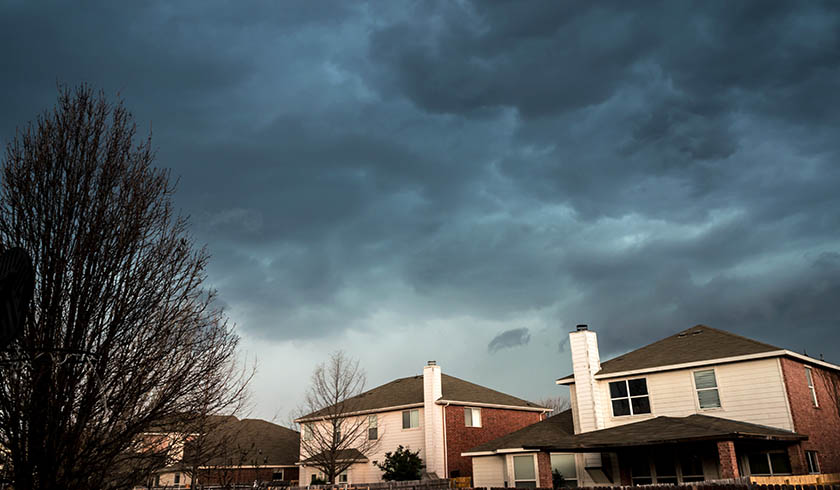Climate-scared investors flock to Tasmania
Long-term property investors looking to take refuge from the impacts of climate change are buying up real estate in Tasmania, new research has found.

According to CoreLogic’s Property Pulse, climate change is one of the drivers behind Tasmania’s recent property run.
CoreLogic’s head of Australian research, Eliza Owen, noted while mainland Australia heats up in the coming years, climate refuge areas such as Tasmania could increasingly dominate.
“Research in 2019 led by Nick Osbaldiston at James Cook University in Cairns, found climate and environment as the top reasons for those who had migrated, or considered migration, to Tasmania,” Ms Owen said.
“Of 329 survey respondents, over 225 acknowledged climate and weather as a motivation for migrating to the state.”
While improving property prices from mainland investors purchasing property is helping sellers, it is hurting buyers who are finding Tasmania increasingly unaffordable.
“Hobart had the worst rental affordability, and the third highest value-to-income ratio, of the capital city markets at September 2019,” Ms Owen said.
While Tasmania is experiencing a boom due to offsetting the impacts of climate change, Ms Owen explained why mainland Australians will pay more for insurance, adding to the cost of property.
“Insurance premiums can be an exorbitant cost for home owners in areas at risk of flood, fire and severe storms,” she said.
“Climate change increases the severity and frequency of extreme weather events, meaning more Australians could be hit with rising insurance premiums in severe weather-prone areas.
“In North Queensland, insurance premiums rose over 260 per cent between 2003 and 2013, compared with an increase of under 40 per cent in CPI.
“While North Queensland has long been prone to cyclones and high rainfall, this was exacerbated by cyclone Yasi in 2011. Following the cyclone, annual value declines in the Cairns house market bottomed out at -7.4 per cent, while unit values declined -14.3 per cent.
“Since then, unit stock has underperformed, with an average annual growth rate of -0.8 per cent through to February 2020.”

